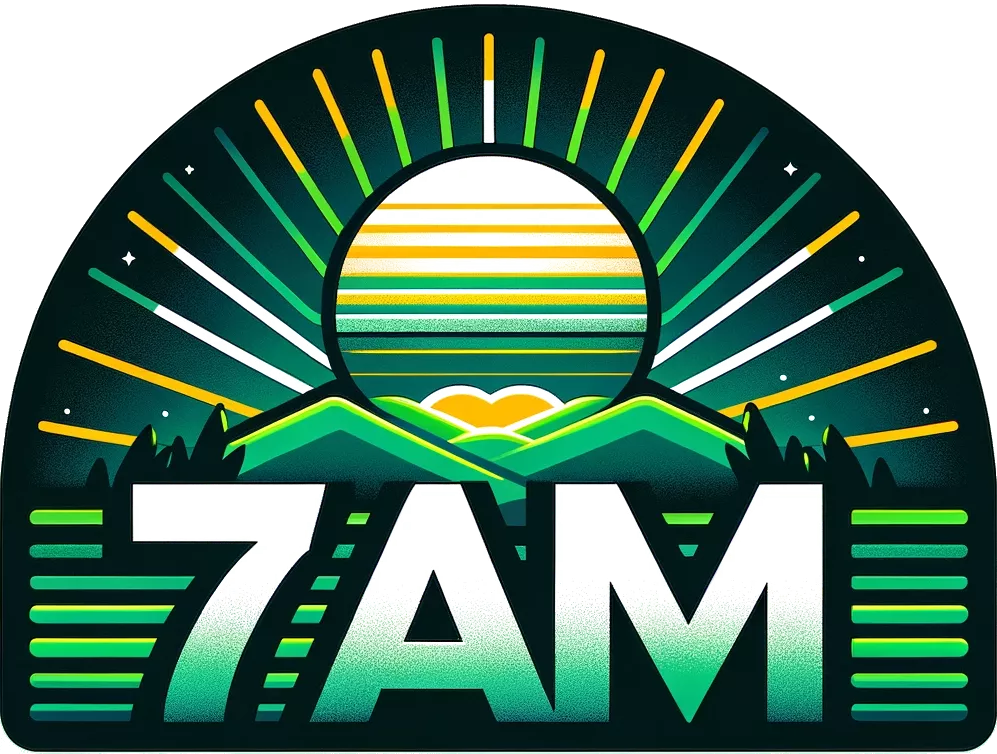Each format brings its unique advantages and personal preferences, ultimately shaping the way we experience the written word. Let’s delve into the intricacies of these formats and explore how they cater to different reading styles.
E-Books: A Digital Revolution
The rise of e-books has transformed the reading landscape, offering convenience and accessibility like never before. With a vast library at your fingertips, e-books eliminate the need for physical storage and allow you to carry an entire collection in a portable device. Their search functionalities and interactive features enhance the reading experience, providing a dynamic platform for both casual readers and academics alike.
For those with visual impairments, e-books open up a new world of accessibility. Adjustable font sizes, customizable background colors, and text-to-speech options make reading an inclusive experience for all. Additionally, e-books often come with multimedia elements, providing a multi-sensory experience that traditional books cannot match.
Traditional Books: The Tangible Connection
In contrast, traditional books hold a unique allure that transcends the digital realm. The physicality of a book, from the weight in your hand to the scent of the pages, offers a sensory experience that e-books can’t replicate. Many readers find solace in the tactile nature of flipping through pages, savoring the nostalgic connection to a time-honored medium.
Furthermore, traditional books hold a certain aesthetic value. They adorn bookshelves, becoming a reflection of your interests and personality. The cover designs, typography, and layout contribute to the overall aesthetic appeal, turning a book into a piece of art.
Personal Preference
Ultimately, the choice between e-books and traditional books boils down to personal preference. Some readers prefer the convenience and functionality of e-books, while others cherish the tangible, immersive experience that only a traditional book can provide. It’s not about which format is superior, but rather which one resonates with you on a deeper level.
As you embark on your literary journey, consider this: there’s room for both e-books and traditional books in your reading repertoire. Each format brings its unique strengths, ensuring that no matter your preference, you have the opportunity to immerse yourself in the boundless world of literature.
E-Books and Traditional Books in University Learning
In the evolving landscape of university education, learning styles have undergone a transformation, embracing technology-driven strategies over traditional approaches. This shift has propelled academic libraries towards a digital frontier, prompting a transition from hard copy resources to expansive digital libraries, including the integration of electronic books.
Purpose of the Study
The primary aim of this comprehensive study was to evaluate student preferences concerning printed books versus e-books, shedding light on the dynamic interplay between traditional and digital learning resources.
Methodology
Employing a descriptive cross-sectional survey design, data was meticulously gathered from a diverse pool of 607 students. The analysis of the data encompassed both descriptive and inferential statistics, providing a robust framework for insights into reading preferences.
Key Findings
An overwhelming majority of students (86.8%) were pursuing undergraduate programs, with nearly half (48.9%) in their second year of study. Notably, a significant proportion (95.6%) fell within the age range of 17 to 26 years, with a majority (59.5%) being female. The study yielded compelling results, indicating that 74.6% of students favored e-books for their portability. Additionally, a staggering 80.6% devoted over an hour to reading from e-books. Nevertheless, a notable contingent (66.7%) expressed a preference for printed books, citing their ease of use for studying. Furthermore, 67.9% highlighted the value of printed books for annotation and exam preparation. Intriguingly, 54% of students found studying from digital copies to be challenging.
Pros of Exploring the Reading Formats
1. Customized Learning Experience:
- This exploration allows individuals to tailor their reading experience according to their preferences. Whether it’s the tangible feel of a traditional book or the convenience of an e-book, readers have the autonomy to choose what suits them best.
2. Accessibility and Portability:
- E-books offer a portable library, granting readers access to a vast collection with just a click. This convenience is particularly valuable for travelers or those with limited physical space for traditional books.
3. Enhanced Search and Navigation:
- Digital formats empower readers to swiftly locate specific information within a text. Search functionalities and hyperlinks streamline the process, providing a seamless reading experience.
4. Inclusivity and Accessibility Features:
- E-books accommodate a diverse readership, including those with visual impairments. Adjustable font sizes, text-to-speech capabilities, and customizable backgrounds make reading a more inclusive endeavor.
5. Environmental Considerations:
- Opting for e-books reduces the demand for paper, contributing to environmental conservation efforts. This aligns with sustainable practices and reduces the carbon footprint associated with traditional publishing.
Cons of Exploring the Reading Formats
1. Potential Screen Fatigue:
- Extended screen time, inherent in e-book reading, may lead to digital eye strain and fatigue. Prolonged exposure to screens can have implications for visual health and overall well-being.
2. Nostalgia and Sentimental Value:
- Traditional books hold sentimental value for many readers. The sensory experience of flipping through pages and the nostalgia associated with physical books are unique aspects that e-books cannot replicate.
3. Dependence on Technology:
- Reliance on electronic devices for reading may present challenges in areas with limited access to technology or during technical malfunctions. This dependence may disrupt the reading experience for some individuals.
4. Annotation and Note-Taking Challenges:
- While e-books offer digital annotation features, some readers find it more intuitive to physically mark up a printed page. Traditional books provide a tangible canvas for note-taking, which some find more conducive to comprehension.
5. Limited Multi-Sensory Experience:
- Traditional books engage multiple senses, from the tactile feel of pages to the scent of ink. This sensory richness may not be fully replicated in the digital realm, contributing to a unique reading experience that e-books may not offer.
Discover the pros and cons that shape our reading experiences, from the tangible connection of a physical book to the boundless library accessible with just a click. Engage with me on this insightful journey, and let’s unravel the intricacies of how we consume literature in today’s digital age. For a deeper dive into this topic, don’t hesitate to reach out through the contact form. Your input is invaluable, and I look forward to exchanging thoughts and insights on this fascinating subject.



